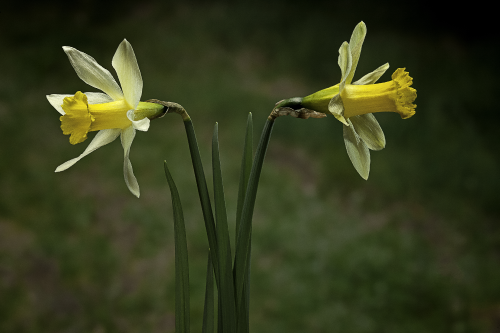Making Your Favorite Latin Lenten Foods Kidney-Friendly

Blog post contributed by Sara Young, Student Intern
Lent, or Cuaresma in Spanish, is a Christian observance and forty-day period leading up to Easter marked by fasting from meat. It’s also an opportunity to enjoy traditional Lenten foods. For people with kidney disease who are on dialysis, it’s important to know what traditional Lenten foods you can eat, and ways to adapt your family recipes to support your kidney and overall health. This article explores many Latin foods eaten during Lent and provides strategies for how to enjoy your favorite foods with easy ingredient swaps.
Limit High Potassium and Phosphorus Ingredients
When preparing and eating foods during Lent, choose foods and ingredients that are lower in potassium and phosphorus, two nutrients that that can affect your health and dialysis treatment.
Potassium is an electrolyte that helps regulate your heart function and fluid balance. Potassium is found in high amounts in tomatoes, bananas, melons, oranges, sweet potatoes, squash, potatoes and many tropical fruits.
Phosphorus is a mineral that helps to regulate your energy levels and bone health. Phosphorus is found in high amounts in milk and milk products (cheese, yogurt), chocolate, beans and legumes, nuts, whole grains and dark-colored sodas.
Favorite Latin and Hispanic dishes during Lent often contain lentils, garbanzo beans, tomatoes, potatoes, cheese, and seasonal fruit and vegetables. You may need to modify recipes so that you don’t eat more than the daily amount of potassium and phosphorus recommended by your doctor and dietitian.
Guide to Kidney-Friendly Lenten Dishes
Huevos rancheros are a delicious traditional breakfast made with eggs. Eggs are an excellent source of high-quality protein that is important for healing, building muscles and maintaining your strength. Traditional recipes use cooked nopales (cactus) and are topped with avocado, which packs on the potassium in this dish. Instead of nopales, try sautéing green peppers and top with a thin slice of avocado. Leave off the cheese or use one tablespoon at most.
Fish and seafood are another excellent source of protein. Options that contain less phosphorus and are safe for dialysis patients to eat include cod, crab, catfish, lobster, shrimp, tilapia and tuna. Empanadas de Vigilia (Vigil Empanadas) make a special appearance during Lent when observers often abstain from eating red meat and eat simpler dishes made of fish and vegetables instead. Try making Empanadas de Vigilia with fish only, or a mixture of fish and diced sweet peppers for a filling and portable meal or snack. Watch out for empanadas filled with lentils or garbanzo beans, since these meatless alternatives are high in phosphorus.
Tortitas and croquetas are patties made with chicken or fish that have a satisfying crunch thanks to a layer of crispy breadcrumbs! For a kidney-friendly version of this delicious dish, try double-boiling potatoes and pre-cooking vegetables to remove excess potassium. For step-by-step directions on how to double boil potatoes, visit DaVita.com’s Diet & Nutrition videos.
Chiles rellenos,stuffedgreen chilies that are breaded and fried, are a staple on the Lenten table. Sauté diced mushrooms, carrots, chayote, bell peppers and onion for a richly flavored stuffing for the chiles rellenos. Top with cheese instead of mixing into the stuffing to reduce the amount of phosphorus in the dish. Avoid using high-potassium vegetables such as winter squash or calabaza (pumpkin).
Sweet Lenten Dishes
Capirotada is a bread pudding commonly eaten on Fridays and during Holy Week. It is traditionally made from day-old bolillos (crusty white bread loaves) and piloncillo (unprocessed cane sugar) syrup. Some recipes call for sweetened condensed milk, which is high in phosphorus, and dried raisins, which are high in potassium. To make a kidney-friendly version, use non-dairy sweetened condensed coconut milk in place of sweetened condensed dairy milk in the same amount as called for in recipes. Non-dairy sweetened condensed coconut milk contains 0 mg potassium compared to 142mg in regular sweetened condensed milk. Swap dried cranberries or dried blueberries for raisins. Remember to limit your serving size to a 3-inch square and take your phosphorus binders when you enjoy this sweet treat!
You can enjoy many Lenten foods by making modifications to reduce potassium and phosphorus. Ask your dietitian for additional help with including your favorite ingredients and foods in your meal plan.
Additional Kidney Diet Resources
Visit DaVita.com and explore these diet and nutrition resources:
DaVita Kidney-Friendly Recipes
This article is for informational purposes only and is not a substitute for medical advice or treatment. Consult your physician and dietitian regarding your specific diagnosis, treatment, diet and health questions.

Recent Comments